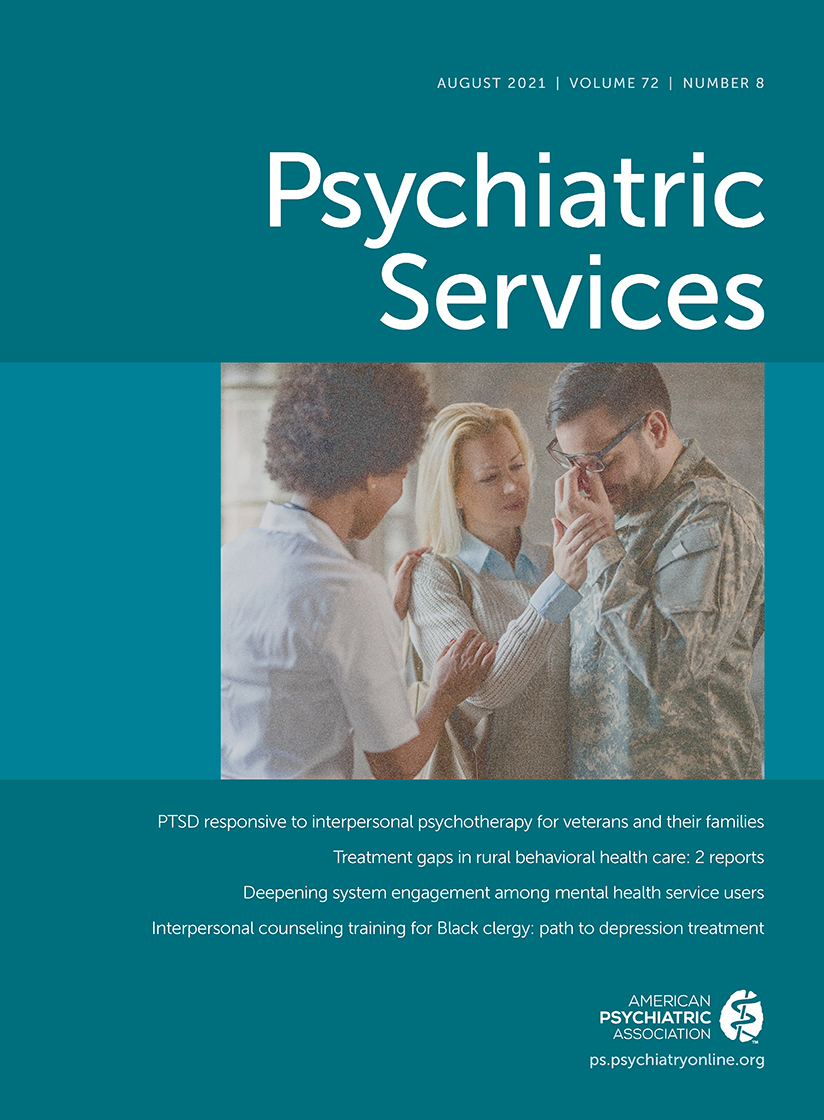Impact of High-Deductible Health Plans on Medication Use Among Individuals With Bipolar Disorder
Abstract
Objective:
High-deductible health plans (HDHPs) require substantial out-of-pocket spending for most services, although medications may be subject to traditional copayment arrangements. This study examined effects of HDHPs on medication out-of-pocket spending and use and quality of care among individuals with bipolar disorder.
Methods:
This quasi-experimental study used claims data (2003–2014) for a national sample of 3,532 members with bipolar disorder, ages 12–64, continuously enrolled for 1 year in a low-deductible plan (≤$500) and then for 1 year in an HDHP (≥$1,000) after an employer-mandated switch. HDHP members were matched to 18,923 contemporaneous individuals in low-deductible plans (control group). Outcome measures were out-of-pocket spending and use of bipolar disorder medications, psychotropics for other disorders, and all other medications and appropriate laboratory monitoring for psychotropics.
Results:
Relative to the control group, annual out-of-pocket spending per person for bipolar disorder medications increased 20.8% among HDHP members (95% confidence interval [CI]=14.9%–26.7%), and the absolute increase was $36 (95% CI=$25.9–$45.2). Specifically, out-of-pocket spending increased for antipsychotics (27.1%; 95% CI=17.4%–36.7%) and anticonvulsants (19.2%; 95% CI=11.9%–26.6%) but remained stable for lithium (−3.7%; 95% CI=–12.2% to 4.8%). No statistically significant changes were detected in use of bipolar disorder medications, other psychotropics, or all other medications or in appropriate laboratory monitoring for bipolar disorder medications.
Conclusions:
HDHP members with bipolar disorder experienced a moderate increase in out-of-pocket spending for medications but preserved bipolar disorder medication use. Findings may reflect individuals’ perceptions of the importance of these medications for their functioning and well-being.



